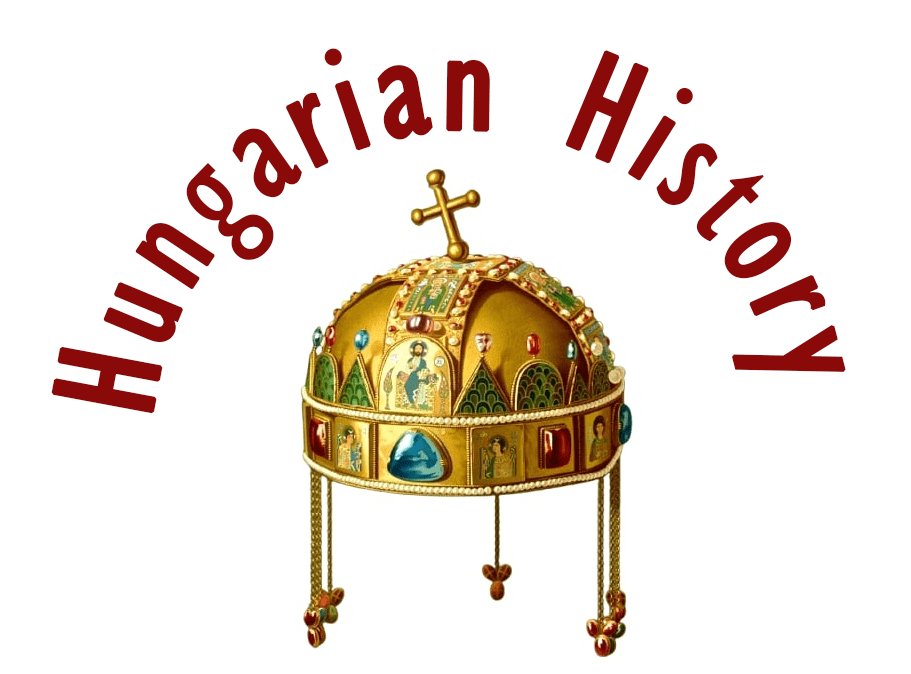On May 5, 1705, at 4 p.m., the Holy Roman Emperor and King of Hungary, Leopold I, died in Vienna. He was succeeded by his son Joseph I. The reason why Rákóczi and the rebellious Estates took up arms was precisely because they refused to accept the Habsburg Act of Succession of 1687 and the coronation of Joseph I. For this reason, it was considered that an interregnum had occurred with the death of Leopold.

Rákóczi had to clarify his relations with the new ruler, if only because if he wanted to ally with King Louis XIV of France, he could not recognize Joseph as his ruler. The domestic situation also required Rákóczi to clarify his relations with the Estates and the rebels and to set a course for the future.

The plan for the Diet was already proposed in the Eger camp at the beginning of the year, but the Prince finally summoned the Estates to the field of Rákos on 1 July, following the old Hungarian tradition, but the military situation did not allow the meeting to take place at the historic site. Moreover, fighting resumed in the summer and Rákóczi was defeated twice by General Ludwig Herbeville. In any case, he had to show both outwardly and inwardly that the defeats had not caused a break in the course of the uprising.

At the end of August, in the castle of Nyitra, he set out the aims of the Diet. The idea of a Rákos field had already been rejected, and Léva and Szécsény were considered as possible locations. The meeting was finally held in Szécsény on September 12. On that day, Rákóczi marched to the Borjúpást field, where Prince Bethlen Gábor’s 12-mast tent was erected.

Twenty-five counties, except the imperial-occupied Transdanubia and the Southern Great Plain, sent their envoys, 36 nobles, 1 county bishop, 5 titular bishops, and almost all free royal towns participated, Károlyi Sándor, Bottyán János, Pekry Lőrinc and Mikes Mihály were among the absent generals, as well as the highest nobles (the Palatine, the Magistrate of the Country, the Croatian Bán / Duke), most of the bishops and archbishops.

For this reason, it is more legitimate to call the assembly a national assembly (“conventus generalis”) than a Diet (“dieta”). Its decrees were not incorporated into the Hungarian legal code; they were temporary. It was stated that there could be no question of electing a king, as this would cut off the possibility of an agreement with Joseph, who was willing to redress national grievances. On 17 September, the Estates, rejecting the election of a king, adopted as their form of government a confederation of Estates similar to that of Poland, with Rákóczi as the ruling prince of Hungary (the term refers to the fact that Rákóczi was the hereditary prince of Transylvania or princeps, and in Hungary, he was dux, or leader, which was better adapted to the war situation).

The letter of alliance between Rákóczi and the allied Estates was issued on 20 September. On that day the prince was inaugurated in a solemn ceremony. Rákóczi swore an oath to the constitution of the country, and Bishop Telekessy István of Eger gave his blessing and said a prayer for him. Generals Bercsényi, Forgách Simon, Esterházy Antal, and Csáky István raised the Prince three times. The crowd cheered and celebrated enthusiastically. Rákóczi then offered the members of the assembly a feast. The celebrations ended in shooting, and some rioters were taken prisoner.

To limit the absolute power of the prince, a 24-member Senate was appointed under the leadership of Bercsényi, who was confirmed in his position as the general-in-chief. An economic office (Consilium Oeconomicum) was created under the leadership of Klobusiczky Ferenc, freedom of worship was declared, and churches were given to the larger settlements, but the minority had to build another. The Jesuits were only allowed to remain in the country in exchange for an oath of allegiance to the confederation. They also accepted the liberation of serfs from landlord rule, but soldiers who left the camps had to be returned, and deserters could be hanged by the county.

Thus, the dethronement of the Habsburg dynasty and the declaration of interregnum were not discussed, although the French Emperor would have expected this to conclude an alliance with the rebellious Estates, and the War Code, which was drafted by Ráday Pál and contained the rules of the camp order, was not discussed either. The envoys of the Zemplén and some Tisza counties left the meeting on the night of 29 September, but several Catholic Orders were dissatisfied with the freedom of conscience.

Finally, on 3 October, Bishop Telekessy celebrated a tedeum and closed the national assembly in a solemn ceremony. At the Diet of Szécsény, historic decrees were passed. In addition to religious freedom and the liberation of the serfs, the declaration of the confederation of the allied nobility meant the unification of broad sections of society.

Source: Szibler Gábor
Dear Readers, I can only make this content available through small donations or by selling my books or T-shirts:
Please, support me with a coffee here: https://www.buymeacoffee.com/duhoxoxa
You can check out my books on Amazon or Draft2Digital, they are available in hardcover, paperback, or ebook:
https://www.amazon.com/dp/198020490X or at https://books2read.com/b/boYd81

My work can also be followed and supported on Patreon: Become a Patron!http://Become a Patron!
Become a Patron! and donations can be sent by PayPal, too: https://tinyurl.com/yknsvbk7


https://hungarianottomanwars.myspreadshop.com/all
Subscribe to my newsletter here: https://tinyurl.com/4jdjbfkn

